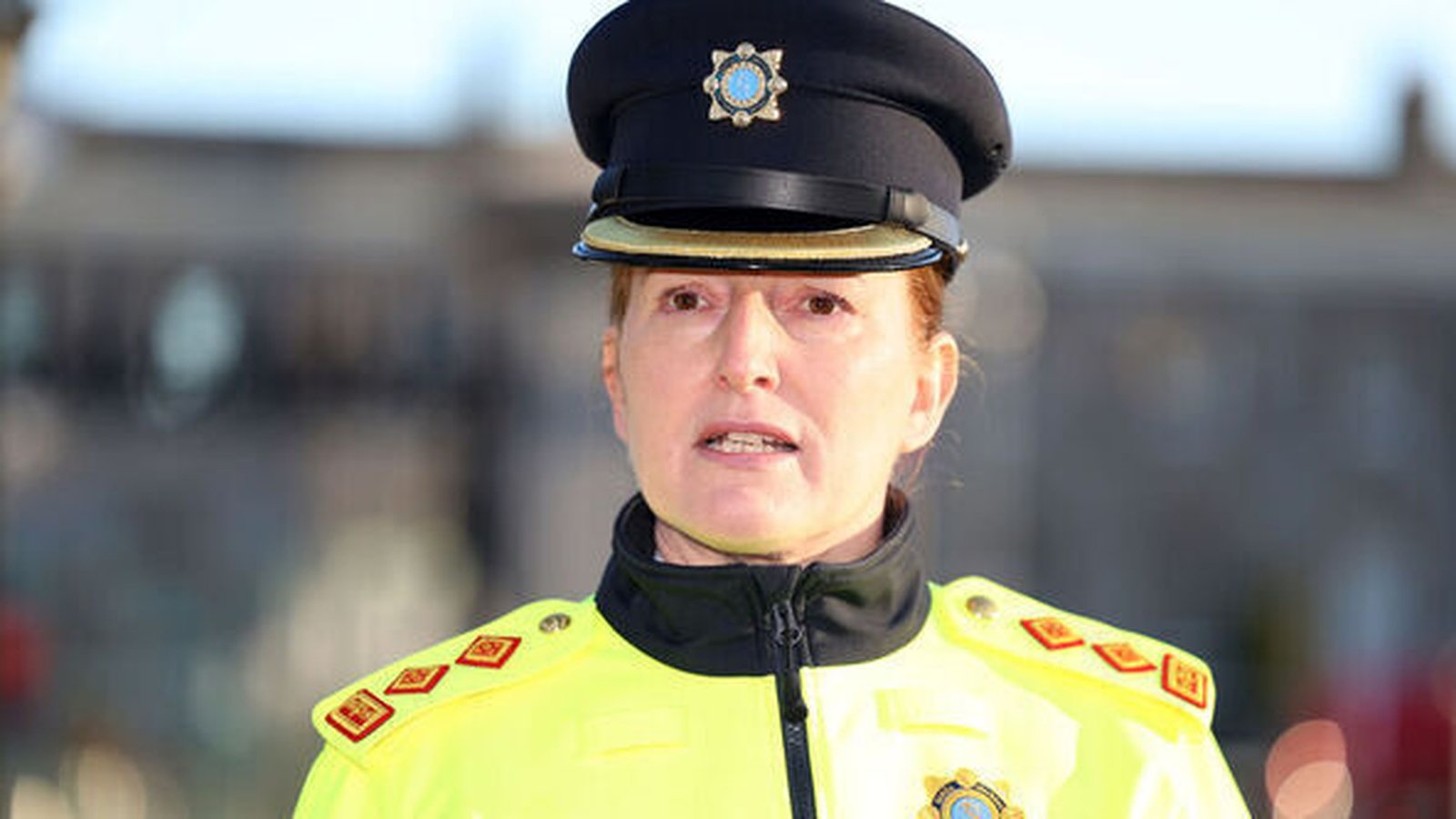SINÉAD is a moving portrait of remarkable woman
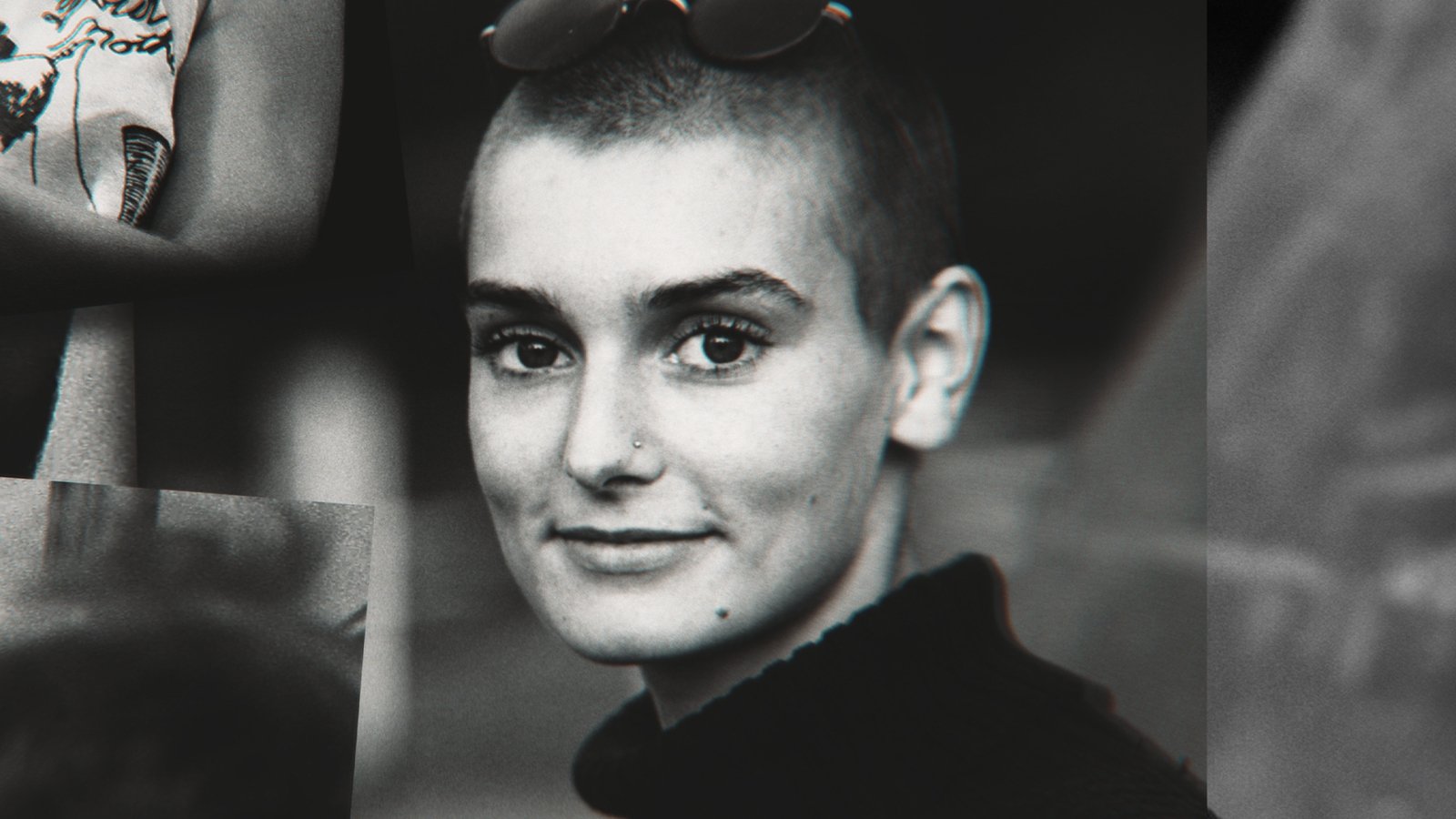
Perhaps Christy Moore says it best. Speaking during SINÉAD, a new hour-long documentary about the late Sinéad O’Connor, he says, “She had a rebel heart, a rebel soul. She wasn’t a mainstream girl.”
He may be understating the case. In the big-haired eighties, Sinéad shaved her head and wrote uncompromising and confrontational songs about her own demons and attempted to exorcise those of her homeland. As she sang herself, she heard and refused to take part in music business games and the expectations forced upon women in Ireland back then.
With contributions from David Holmes, Christy Moore, Imelda May and many more, this documentary reflects on Sineád O’Connor’s influence on Irish life and Irish people throughout her life.
Watch ‘Sineád’, Monday, 8 January at 9.35 pm @RTEOne 📺🔽https://t.co/PvfAdWNVi6 pic.twitter.com/wQ5OStf1Ai
— RTÉ (@rte) January 2, 2024
Five months after her shocking passing, SINÉAD revisits the late singer’s tumultuous life and the film is both a deeply sad and celebratory tribute to a fallen star. A lot like the very public outpouring of grief as her funeral procession in her adopted hometown of Bray last August.
Drawn together from RTÉ’s own expansive archive of her TV appearances and footage from around the world, it is an absorbing take on a story that many of us already know very well. However, looking back now after her death, the film pulls into sharp focus just how brave and defiant Sinéad really was.
Moore is among a raft of contributors including musician and producer David Holmes, American-British playwright and critic Bonnie Greer, Imelda May, British film director, DJ and musician Don Letts, and Sinead’s lifelong friend BP Fallon. All remember her with great love, while also acknowledging the many mental health issues that dogged her throughout her short and eventful life.

SINÉAD recounts her life briskly, from the eighteen months she spent in a reform school which still had elements of its previous use as a Magdalene laundry and to her global success and the controversies that ensued. Her tragic relationship with her mother, who died in a car crash when Sinéad was only 17, is also explored. It was an abusive and coercive bond that would go on to inspire her greatest song, Troy.
Sinéad’s first entry into the music industry came when she was only 14. She sang at a wedding with rising Dublin band In Tua Nua and later joined fledgling Irish act Ton Ton Macoute. However, it wasn’t until she moved to London and away from a judgemental Ireland of the eighties that she really thrived.
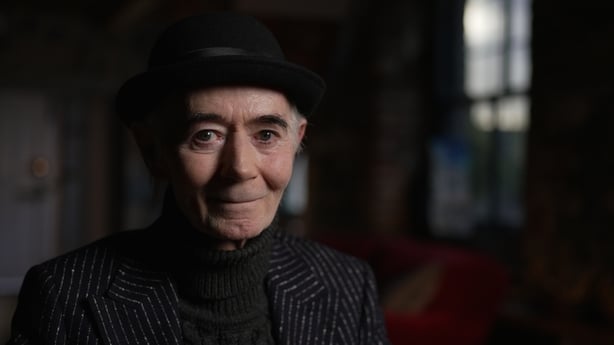
Don Letts was there and he vouches that Sinéad’s early love for reggae and Rastafarianism was no rock star affectation. She first met BP Fallon at the party for The Pogues in 1986 in London and he instantly fell in love with the strikingly beautiful and outspoken young woman.
But it was, of course, her cover of Prince’s Nothing Compares 2 U that rocketed her to global stardom. She took the original and orchestrated into a defining pop moment of the nineties. After he first heard it David Holmes says, “That was it. I wanted to do for the rest of my life.”
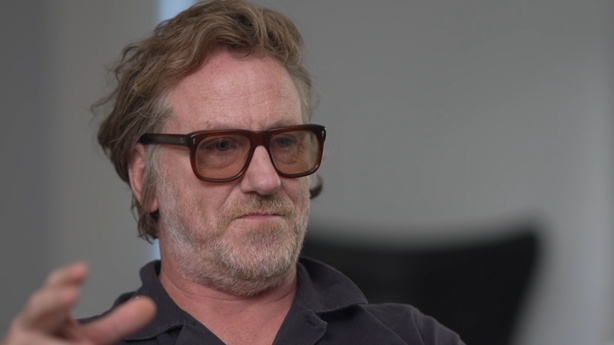
Sinéad, however, was never going to fit into the expectations and limitations of a sexist music industry. She used her fame as a platform to address the inherent injustices she saw all around her and particularly in her homeland.
Her refusal to have the US national anthem – or, as she said at the time, any national anthem, anywhere – played before her concerts sent conservative America into meltdown. This all happened at the height of the Gulf War and in one fascinating clip of a US TV news report from the early nineties on SINÉAD, a disguised Sinéad in baseball cap and a black wig is interviewed outside a concert venue where protesters have gathered.
Then she began to challenge the monolithic omertà of the Catholic Church. When she ripped up a picture, which she had taken from a wall in her mother’s house, of Pope John Paul II in front of an audience of millions on Saturday Night Live, it caused outrage in a certain very vocal section of US society.
In scenes recalling the mass burning of Beatles records in the southern states after John Lennon’s willfully misinterpreted comments about his band’s popularity and Jesus Christ, her CDs were steamrolled in Times Square. Back home in Ireland, Sinéad’s broadside against the Catholic Church barely caused a shrug – except from people who should really have known better and probably did.

A week later, she stared down the boos at a concert to mark Bob Dylan’s 30th anniversary as a recording artist at Madison Square Garden. You’d have to question whether those doing the booing really understood Dylan at all.
That this is all happened during the backdrop of the infamous X Case in Ireland only served to underline just how right she was and she went on to provide a guiding light into Ireland’s shameful hidden history for the rest of her life.
As Christy Moore sagely and pithily observes about the special place Catholicism had in Ireland back then, “The Brits left and Rome took over.”
It is also interesting to look back on Sinéad’s many interviews with Gay Byrne, a man who adopted a rather patronising but genuinely fatherly fondness for her. Of course, Sinead played him like a harp.
She may have debuted on the Late Late Show as a waif-like ingenue from south Dublin but she soon became more strident as she found her voice. One Friday evening in Montrose in the late ’90s she upbraided Gay, saying, “I’m 32 years of age so don’t talk to me like I’m a teenager.”
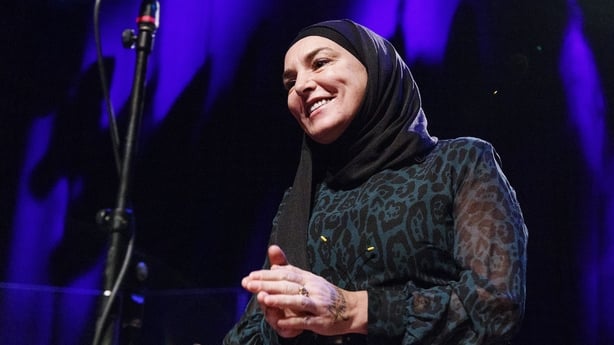
As Holmes remarks in the documentary, “Would you do that with Bono, pat him on the head?”
It was on the same show a few years later that she politely questioned the late broadcaster Kenny Everett about his support for the Tory party and how he, as a gay man, reconciled it with Section 28, a series of laws across Britain that prohibited the “promotion of homosexuality” by local authorities. it is aired again on SINÉAD and the late great Everett does not come out of it well at all.
The narrative told by a lot of the Irish media and the music industry was that Sinéad was instable and merely attention seeking. SINÉAD is a corrective to that. One only has to look at the momentous changes that have taken place in Irish society since she first opened her mouth to sing and protest to see how right she was all along.
SINÉAD is a story of tenderness and rage but this deeply polarising woman always remained self-effacing and kept her mischievous sense of humour. As she remarked with a grin on one of her many Late Late Show appearances, “Freud would have a field day.”
Before her death last May, she had moved back to London, perhaps searching for the inspiration that had fired her early career but the death of her son, Shane, in June 2022 finally broke her. Her defiance and bravery just seemed to ebb away. As Holmes says, “I totally believe people can die of a broken heart.”
Sinéad challenged official Ireland and also challenged us about how they felt about her. What you’ll be left with after watching this new portrait of a beautiful, contradictory, infuriating, defiant, and resilient woman is just how much Ireland has changed in the past thirty years and how much Sinead helped start the conversations leading to that change.
SINÉAD airs on Monday, 9:35pm on RTÉ One and RTÉ Player.
Alan Corr @CorrAlan2


